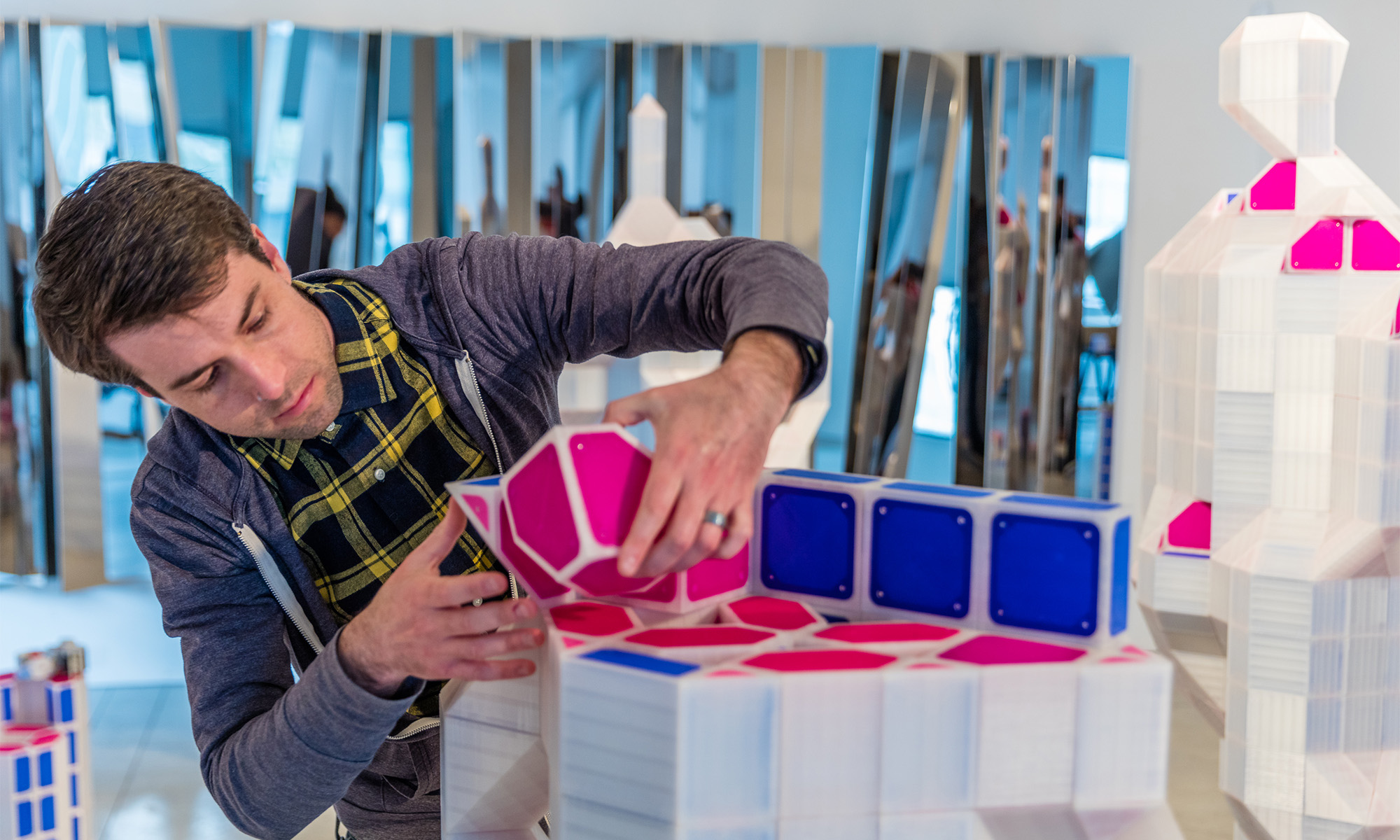Note for the reader:
- I have taken example of a map that does the job but can be improved.
- The problem highlighted in this post is not isolated. Beijing’s subway map is not alone in surrendering to complexity. Wherever we have a big subway system, we’ll find a bad map trying to explain it.
This is Beijing city’s subway map, from 1965. Beijing had a total of three subway lines then.
Source: https://ia.net/topics/web-trend-map-2018
Accessed on October 26, 2018
This is Beijing city’s subway map from 2017, with fifteen lines in all.
Source: https://ia.net/topics/web-trend-map-2018
Accessed on October 26, 2018
And this will be Beijing’s subway map by 2021, with twenty-two lines.
Source: https://upload.wikimedia.org/wikipedia/commons/c/c5/Beijing-Subway-Plan_en.svg
Accessed on October 26, 2018
Beijing is populous and is growing rapidly, and a growing city needs a growing subway system. The pace of expansion of subway system in Beijing has been nothing short of stellar. However, the same can’t be said about its map design. In spite of the fact that the subway map has managed to retain its basic structure, while swimming within ‘Gestalt lanes.’ For example:
- Subway lines/ routes on top of a contrast white background (figure ground)
- Different subway lines are denoted by different colors (clustering/grouping)
- Subway stations are denoted by dots on the subway lines (similarity)
But in spite of all this, the subway map design leaves a lot to be desired. To start with, the map looks way more complex than before. This complexity is an outcome of the many more new subway lines and new subway stations that have been added since 1965. However, increasing volume of information shouldn’t necessarily mean increasing complexity. There has to be a better way of displaying this information, beyond this incremental design. Isn’t that the real job of design to making complex things simple?
A better design, in this case, needs to answer basic questions like:
- Who are the people using this subway map? (segments/personas)
- Are there challenges that users are facing with the current map design? (user problems)
- What do users want from their subway map?
- Do they need to see the whole map the same time? (user needs)
- Could only that part of a map, that’s relevant to their commuting needs, be activated at a given point in time? (personalization)
There could be many more such questions, and answers to these questions could define the problem we are addressing.
In my view, a redesign of this map should at least solve for:
- The limitations of physical space
- The constraints of a two-dimensional design
and do these while keeping the design solution practical in terms of usability and affordability. This calls for innovation.
When we think about simplifying complex maps and making them more useful, AR (Augmented Reality) applications come to mind. AR helps us in layering information and visualizing things in new ways. AR has been trying to simplify information display and augment productivity by layering information on top of physical spaces. However, it hasn’t come up with a reliable and cost-effective application for maps.
Google maps, a world leader in mobile maps, should be at the forefront of this. They should be helping us free ourselves from the tyranny of flat two-dimensional design limited by the screen sizes. But they have a long way to go. This is their leading edge right now: https://www.youtube.com/watch?v=4F0gFpzsYLM
Even if AR succeeded in addressing the information overload, would current crop of mobile devices be able to deliver the desired experience? Or would maps, like many other information intensive applications, need an entirely new kind of hardware that is tethered to our sense of sight and reduces friction? Are we talking about glasses (again?) and is that the best solution? Microsoft has been toying with HoloLens for over two years, and they still don’t have a working solution for work, gaming, or navigation. The prototype they displayed (a year back) was good only for indoor use and left a lot to be desired in terms of its practical utility. Watch this for a snapshot of where they are in this: https://www.youtube.com/watch?v=oMfNojNC0b0
Intel is trying too, but their glasses have a long way to go too https://www.youtube.com/watch?v=bnfwClgheF0
Who will come up with a solution? How will we make it affordable? And on top of all this, how will we make that map experience to all?
I have more questions than I can answer. But here’s one thing that I am sure of, the answer to “how can we make maps easier to use and more valuable to all kinds of people?” will come from design and not technology. Because whatever limited knowledge I have about technology, I believe we have enough and more of it. What we do not have is enough number of people who understand how to translate user needs to design solutions that harness these technologies smartly.
As designers, I wish, we imagined solutions that challenged technology to step up and solve for people.



